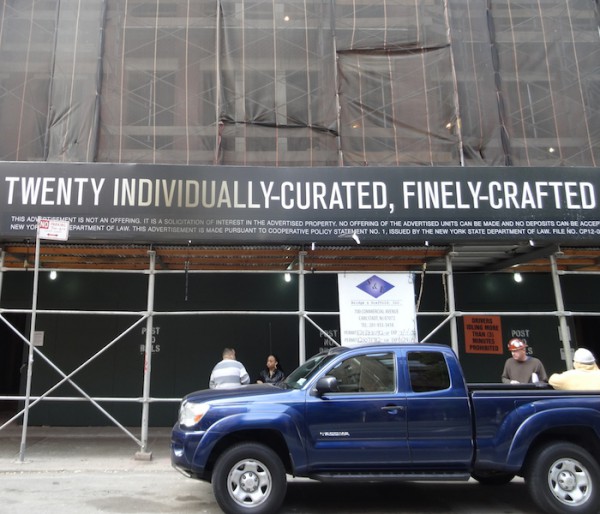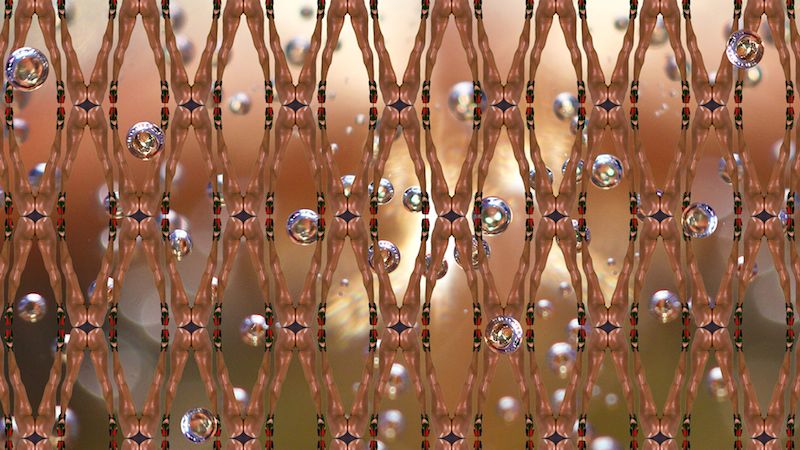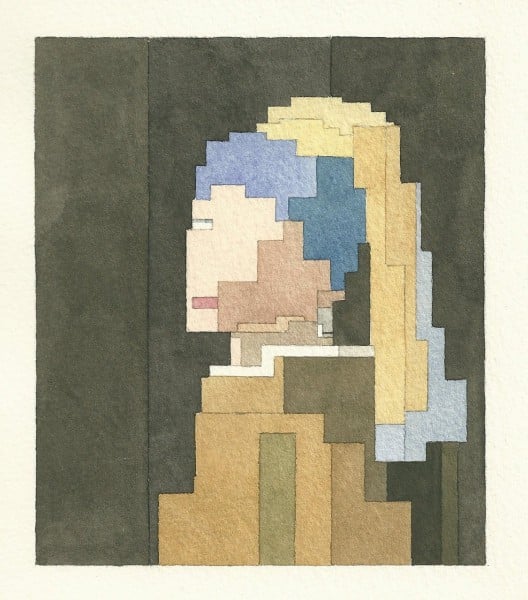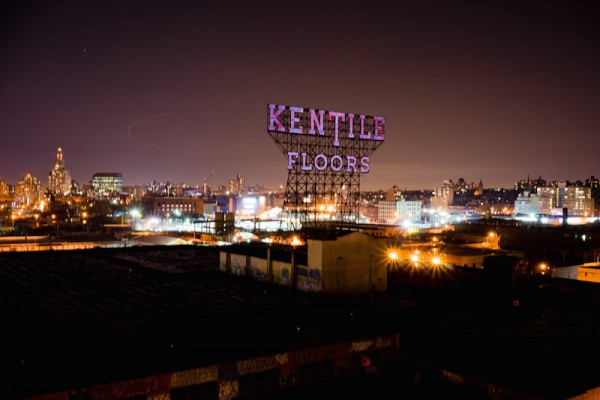Analysis
Around the Art World in Six Minutes
Essential reading, from luxury brands taking over museums to artists hawking condos.

Essential reading, from luxury brands taking over museums to artists hawking condos.

Benjamin Sutton


Rashaad Newsome, still from Knot (2014) from “Killer Heels: Art of the High Heel Shoe” at the Brooklyn Museum.
Courtesy of the artist
The Trend Piece: Have museums become brand-aggrandizing display cases for fashion houses and jewelry companies? So suggests a survey of recent blockbuster museum exhibitions devoted to the luxury wares peddled by Chanel, Jean Paul Gaultier, Bulgari, Van Cleef & Arpels, Christian Dior, and many others—next up, the Brooklyn Museum’s “Killer Heels: Art of the High Heel Shoe.” In many cases, the companies help pay exhibition costs, timing the unveiling of local boutiques and the roll-out of new products to the shows’ respective opening. “Nobody ever said museums are pure, but at least there’s an element of public trust that when you go to a museum, what you’re seeing is museum worthy,” Bruce Altshuler, director of museum studies at New York University, tells the Wall Street Journal‘s Ellen Gamerman in a feature on this trend. “The widespread exhibiting of luxury-brand goods erodes that trust.”
The First-Person Account: Marina Abramovic’s new performance art piece 512 Hours seems to practically demand a feat of stunt journalism. The Guardian‘s Zoe Williams happily obliged, spending an entire day at the Serpentine Gallery as the artist moved people around the room. Though she initially seemed skeptical, concerned especially with the inevitable awkwardness of the performance art experience, Williams ultimately comes around. “How ironic, I thought, as a tear streaked down my face and hit my collarbone,” she wrote. “I only came to take the piss out of the crying people, and I’m the only one crying.”

Individually curated condos in Manhattan.
Photo: Benjamin Sutton.
The Feature: Art market booms and real estate booms often run parallel, so it should come as no surprise that developers and brokers in New York and Miami are increasingly turning to artists to help sell ultra-high end luxury condos. From the Miami condo development with a Julian Schnabel-designed sales center, to the Lower Manhattan condo-hotel development, 30 Park Place, whose décor will include works by Richard Serra and Sam Gordon, examples of this sales strategy abound, as the New York Times‘s Julie Satow makes clear. “Those who invest in high-end luxury homes also tend to have a strong knowledge of art,” says Albanian artist Helidon Xhixha, who was hired to create a sculpture for every buyer of in a new Miami Beach condo development. “I do not see this as over-commercializing my art. On the contrary, I see a collaboration between buyer and artist.”
The Unlikely Alliances: In a slightly contradictory pair of articles, the Financial Times seizes on London Art Week (July 4–11) as the occasion to explore the ways that galleries are banding together against the perceived threat posed by art fairs and auction houses, while the Art Newspaper notes the increasingly prevalent practice of gallery dealers curating shows for auction houses.

Adam Lister, Girl With a Pearl Earring.Courtesy the artist.
The Eye Candy: Artist Adam Lister has created a series of watercolor paintings of 8-bit renderings of iconic artworks, from Leonardo da Vinci‘s The Last Supper and Georges Seurat‘s A Sunday Afternoon on the Island of La Grande Jatte, to Edward Hopper‘s Nighthawks and Johannes Vermeer‘s Girl With a Pearl Earring.
The Travel Piece: Bloomberg’s Patrick Symmes pays a visit to Cuba and finds a thriving contemporary art scene with an international slate of collectors based on the island and a talented pool of emerging and established artists. “A 47-year-old painter known as Angél told me that he’d been to 15 countries and that, because the cost of living is so low in Cuba, the sale of a single canvas in Europe could support his family for years,” Symmes writes.
The Video: Shane Beckworth and Brock Hansen, a pair of art history nerds and amateur sleuths known as the Art Hunters, have begun a web series in which they turn works from the permanent collection of the Springfield Museum of Art into a fictional crime scene and the basis for half-educational, half-comic art theft investigations, as ARGNet notes.

The Kentile Floors sign in Brooklyn.
Photo: Dan Nguyen/Flickr.
The Extra-Curricular: Following news that Brooklyn’s iconic “Kentile Floors” sign was about to be demolished, a preservation movement sprung up overnight, with a petition garnering thousands of signatures and city councilman Brad Lander brokering a deal to move the eight-story-tall sign to another site in the Gowanus area. It’s a response that Ginia Bellafante sees as emblematic of a peculiar type of post-industrial urban nostalgia. “The oddly unambivalent affection for Kentile and other similar signs is an extension of creative class fetish for the workingman’s life,” she writes in the New York Times, “the same sensibility that has resulted in the fashion for Carhartt jackets, Esso shirts, trucker caps, factory paraphernalia and so on among recent graduates of better Eastern colleges — the ultimate symbols of denied privilege.”